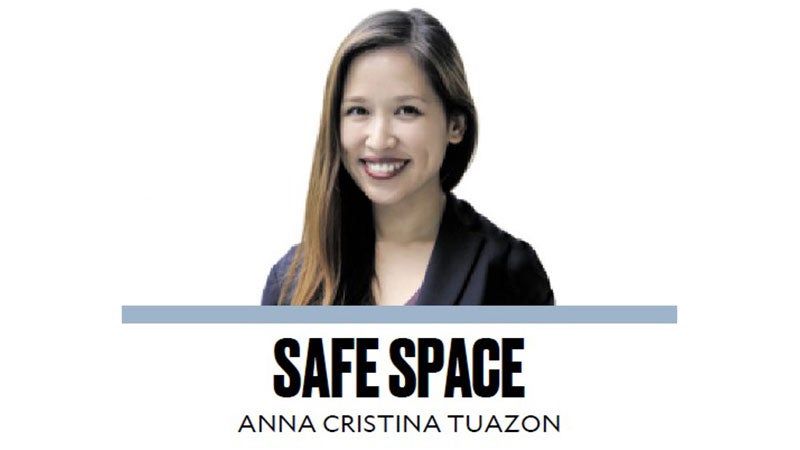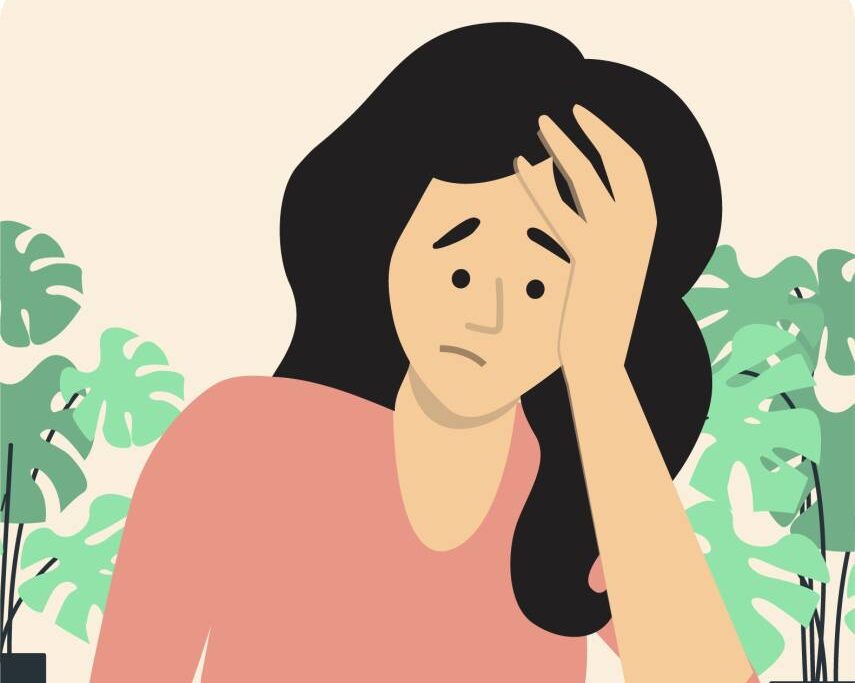Philippine Daily Inquirer / 04:36 AM March 19, 2025
The Private Sector Advisory Council (PSAC) formed to support the government’s economic programs recently sounded the alarm over the shortage of registered pharmacists across the country, just another symptom of the sorry state of the country’s public health-care system.
The situation is dire indeed.
PSAC data showed that the Philippines needs some 57,500 pharmacists but there are only 30,000 as of the latest count, thus the gap of 27,500. And with the country producing just around 4,000 board certified pharmacists every year, and assuming that the demand will stay at current levels, it will take seven years to fill that gap, the advisory council said.
More realistically, it will take even more time than that considering that not all licensed pharmacists actually get to practice their profession, with a number going into the private sector, academe, or fields other than the pharmaceutical sector.
Republic Act No. 5921 or the pharmacy law mandates at least one pharmacist per shift per drugstore or pharmacy, a particularly daunting challenge in the Philippines. Not only are there not enough pharmacists to go around, they are also unevenly spread.
Not surprisingly, the majority of pharmacists end up in the urban centers or in larger hospitals and drugstores, forcing patients in the rural, remote areas of the country to travel far and wide just to get life-saving medicines.
Ideally, there should be one pharmacist per 2,000 people based on the standard of the World Health Organization.
But in the Philippines, the ratio is a paltry 0.57 per 2,000 people, about the same level as in Indonesia and Vietnam, but lagging behind Thailand where the ratio is 0.8 per 2,000, according to PSAC data.
Given that it will take years before the supply can catch up with the demand for pharmacists, the PSAC health cluster led by AC Health chief executive officer Paolo Borromeo proposed that licensed pharmacists be allowed to oversee multiple pharmacies remotely.
This will hasten the expansion of community pharmacies, particularly in underserved regions, thus immediately improving access to essential medicines.
Another suggestion from PSAC was to make the most of telepharmacy services and enhance the role of pharmacy assistants to bring public services closer to those who need them most.
“We are working toward a more equitable and sustainable health-care system,” said Borromeo during the group’s meeting last March 6.
This was not the first time that the worrying lack of pharmacists had been raised.
Back in 2014, the Drugstores Association of the Philippines already warned about the implication of the waning number of students taking up pharmacy, which they said would then pose a significant threat to the future of the country’s pharmaceutical industry.
Among the reasons behind the low number is the lack of appreciation for their role, thus not enough Filipinos are encouraged to enter the field.
“Most often, people would view pharmacists as just salespersons, but they don’t realize that we are health-care professionals behind that counter,” said Ma. Gilda Saljay, then president of the Philippine Pharmacists Association.
The Department of Health also said in 2021 that the Philippines was facing a shortage of 14,000 pharmacists, on top of the shortages in other health-care professionals, from doctors and nurses and even radiologists.
Sen. Pia Cayetano echoed this finding in 2023, when she noted that : “Everything that makes a health system sustainable, we have a shortage (of).”
Clearly, there is no lack of knowledge of how serious the problem with the shortage of medical professionals is, but what is missing is the commitment to go beyond just wringing hands and take decisive action to solve the problem.The Marcos administration can take up the suggestion of PSAC to take the “regulatory sandbox” approach and consider loosening the current requirement so that pharmacists can oversee several pharmacies and drugstores at the same time to multiply their impact.
While that is being considered, the government can think more long term by, for example, providing financial assistance to those who are keen on entering the health-care field but do not have the financial resources to do so. Another way is to introduce a stepladder approach so that those who are already working in the field such as pharmacy assistants can get credits to work their way into becoming registered pharmacists.
Finally, greater appreciation for health-care professionals must be demonstrated by giving them the commensurate salaries and benefits they deserve, including those who risked their lives during the COVID-19 pandemic and who are still waiting for their long-delayed allowances.











